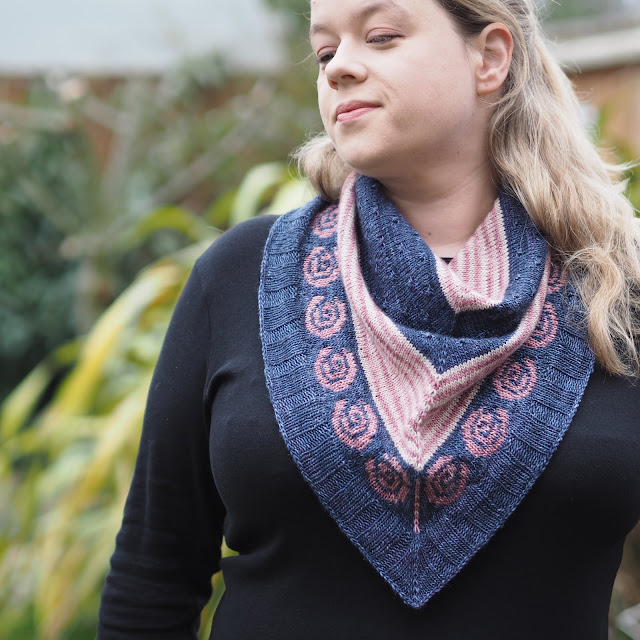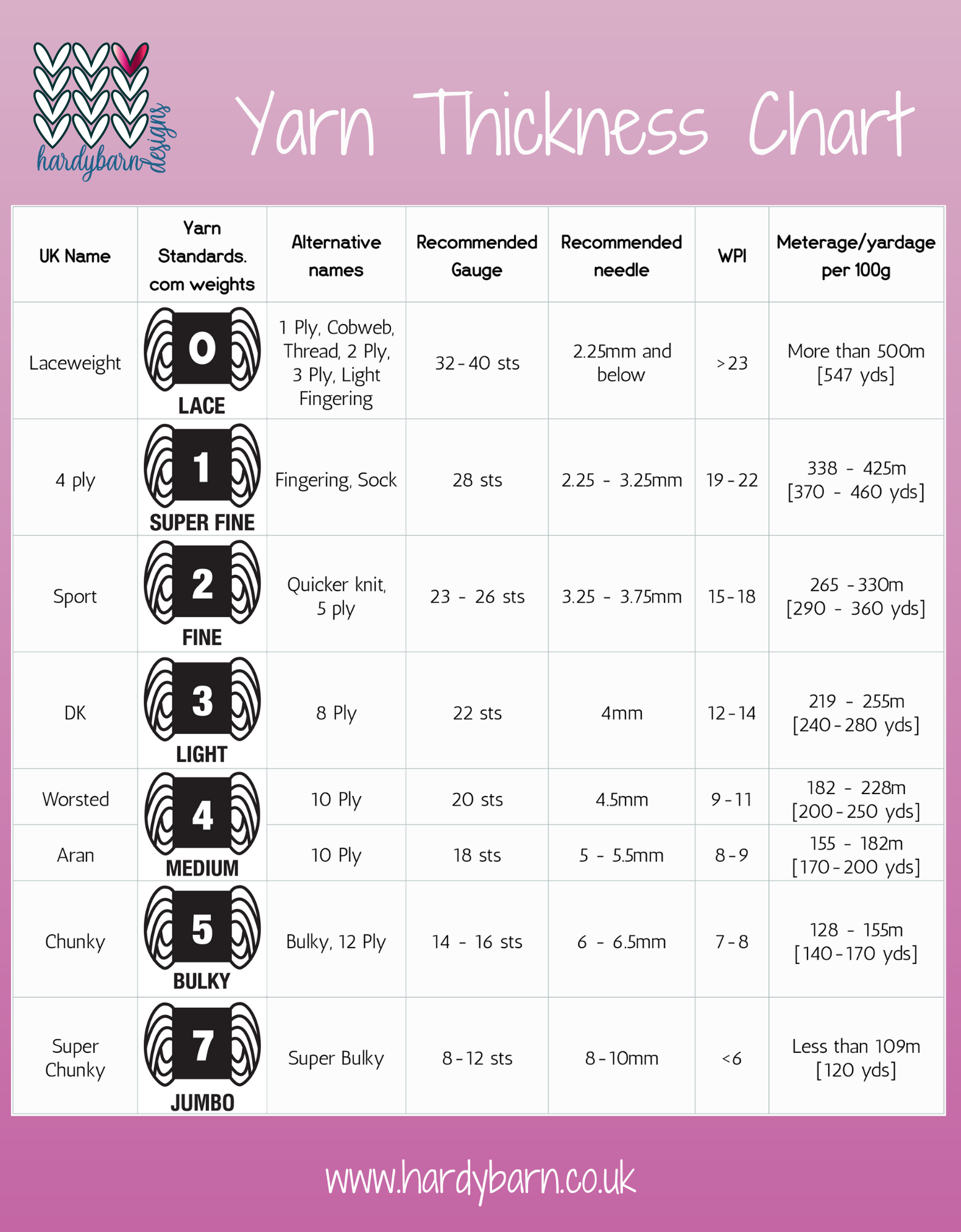Icelandic Bind-Off Tutorial
The Icelandic Bind-Off is a relatively easy bind off to work and gives a stretchy edge. It creates a slightly rounded and bulky edge, so works quite well when used with garter stitch. It closely resembles the Twisted German Cast-On, so can be paired with this, if matching edges are important in your project. Here's a video tutorial for the Icelandic Bind-Off and for those that prefer a photo tutorial, just scroll on down. 1. Knit the first stitch. 2. Slip back to left-hand needle without rotating the stitch. You can leave the right-hand needle tip in at the front. If it comes out, then just re-insert the right-hand needle in this stitch purlwise. 3. Whilst still in that first stitch, insert the right-hand needle into the second stitch on the needle and pull it through the first stitch. There should just be one strand on the right-hand needle at this point. 4. Knit this strand. 5. Take the two stitches off the left hand needle. Repeat steps 2 - 5 until all stitches have b...





